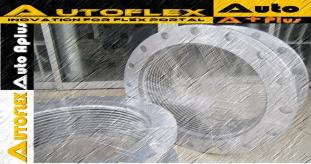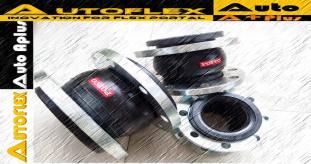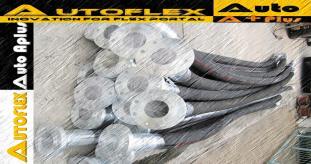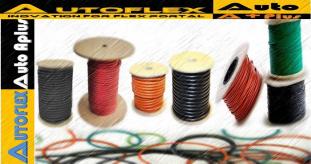O-Ring Failure Analysis การวิเคราะห์ความเสียหายที่เกิดกับโอริ่ง

ENVIRONMENT ANALYSIS
One major factor in possible seal failure is the extreme and harsh environment in which seals are expected to perform. The sealing environment can consist of virtually anything from inert gases at room temperatures to aggressive chemicals at very high temperatures. The sealing environment may result in chemical degradation or swelling of the sealing components. Elevated temperatures may cause seal degradation, swelling or outgassing. And the pressure—or more often, the vacuum environments—can cause outgassing and weight loss.
Contributing factors to seal failure in the sealing environment include:
• Chemical— the type of chemical(s) in service
• Thermal— the operating ranges of the seal (also any thermal cycling)
• Pressure/Vacuum— the range of pressures or vacuum levels in the process
SEAL DESIGN ANALYSIS
Analysis of the seal application is crucial to the understanding of possible failure. Most seal design is performed by component suppliers and equipment manufacturers. The designs are refined as experience is gained. As quickly as process technology changes, however, the experience gained with seal design may not be relevant to the latest process technology. Vacuum applications have historically relied on high levels of compression and gland fill to reduce permeation and trapped gases. These techniques, when applied to new materials, or at higher operating temperatures, can result in premature seal failure.
The seal design and application can provide information about the cause of failure:
• Static Seals— axial and radial, confined or unconfined
• Dynamic Seals— axial (open-close) or radial (reciprocating or rotary)
• Sealing Gland Dimensions
• shape (square, trapezoidal, etc.)
• compression • gland fill • stretch
• Installation Procedures— stretch


















